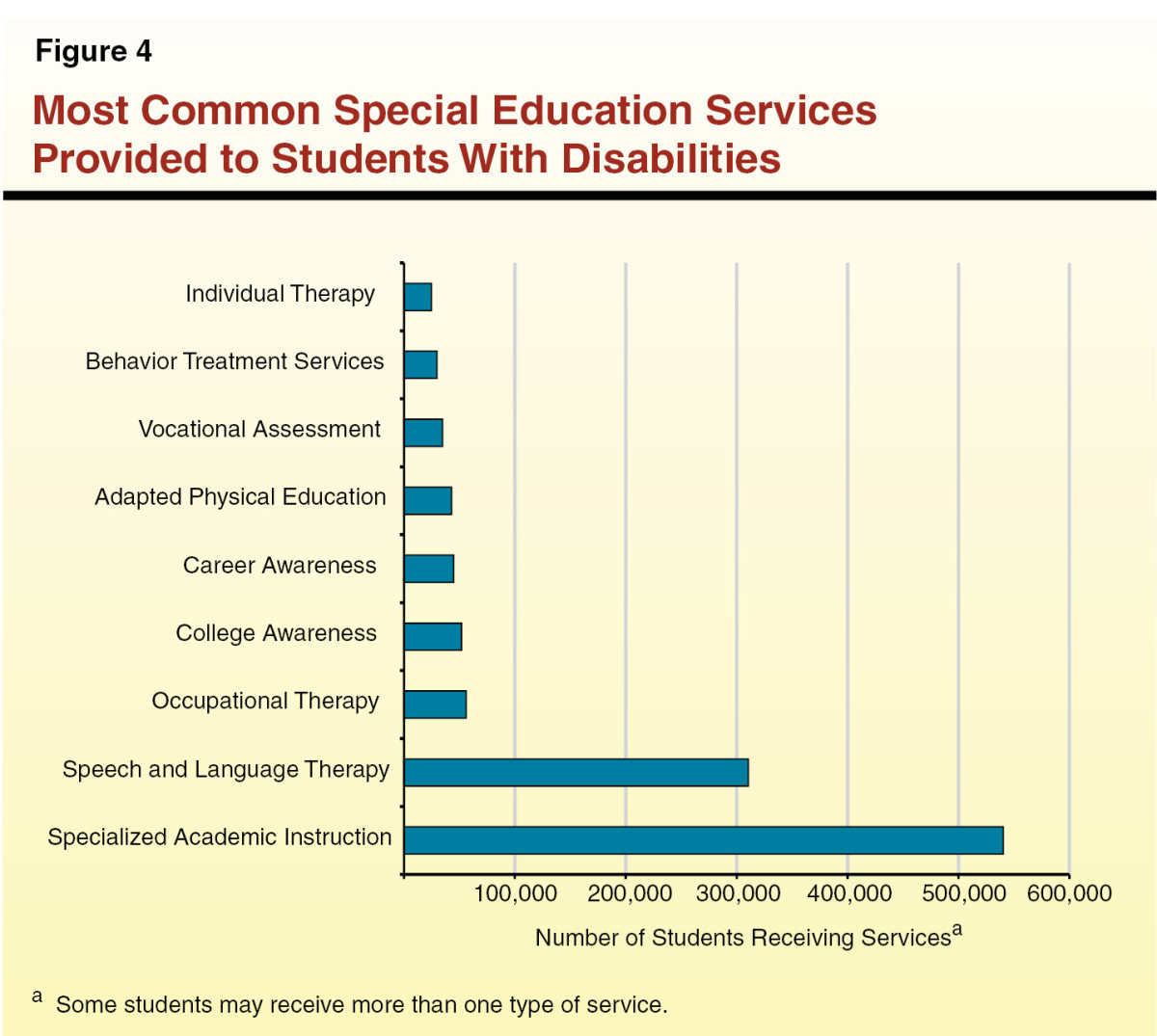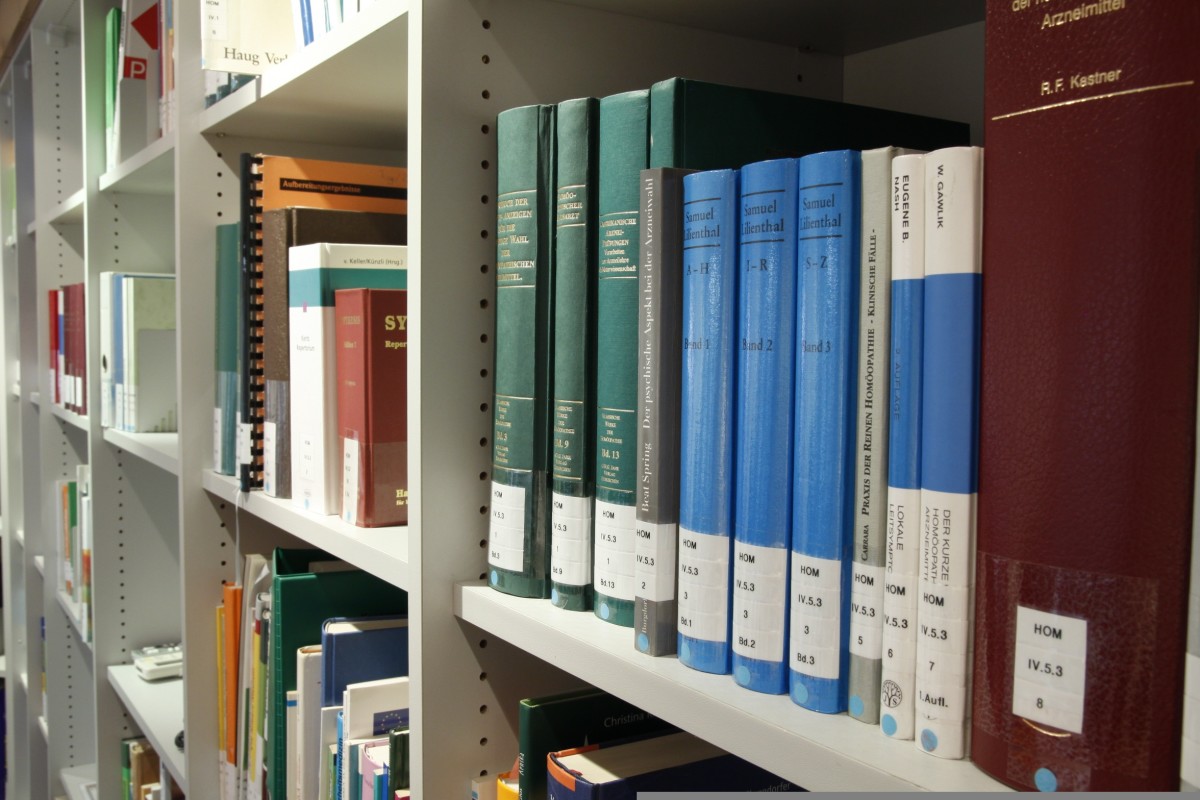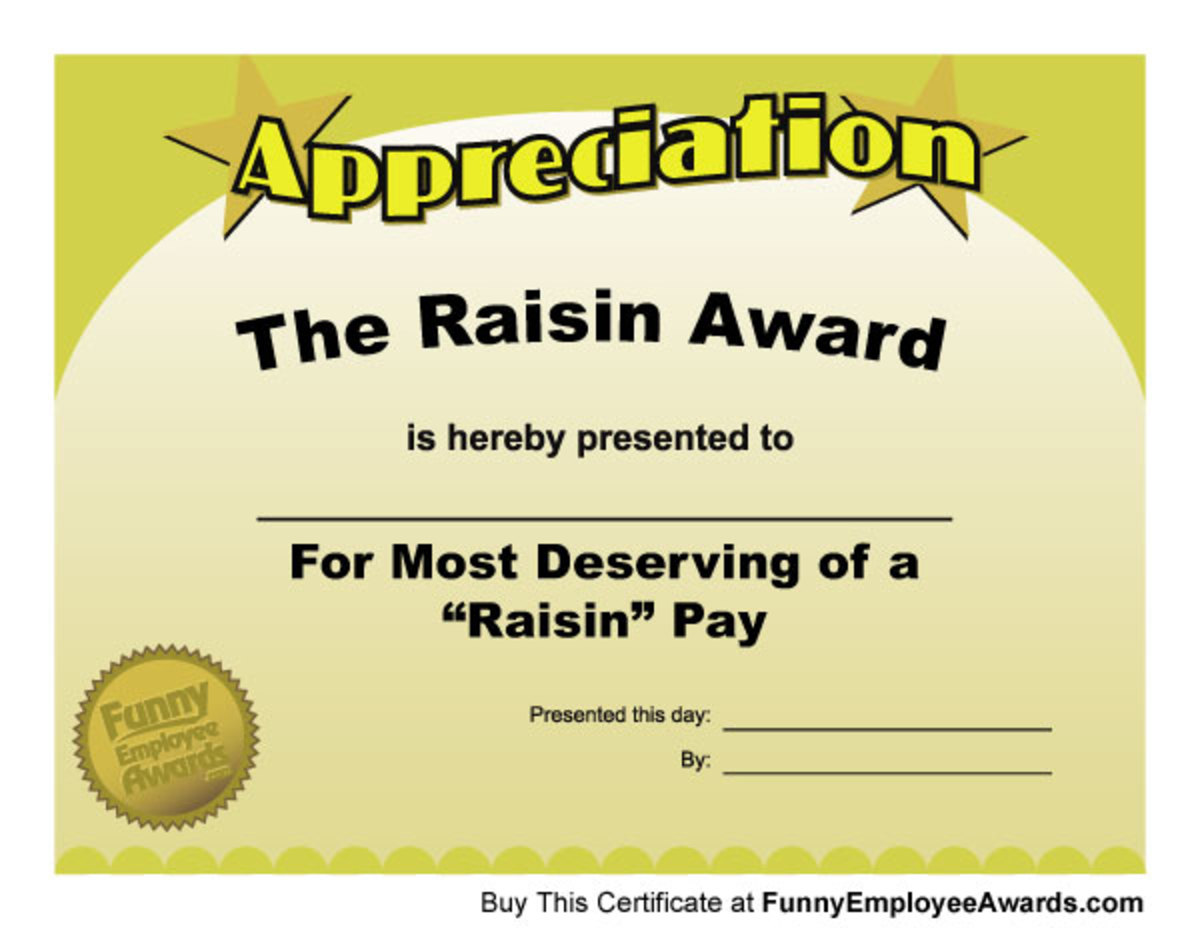The Effects of Music and Academics
The Effects of Music on Academics
Today, the school systems of America are under attack. The increasing pressure to produce acceptable test scores to confirm academic progress of the students in their charge is astounding. The federal, state, and local governments and their subordinate departments demand results from local school districts. The rush to improve reading, writing, and arithmetic test scores are pushing school districts to drop or disregard the importance of an integrated arts program, especially a music curriculum. The effects of music begin early in life and if it is continued, it will complete a quality education. A curriculum of music is an essential ingredient in academic achievement, which will help students improve grades in other subjects, as well as raise test scores.
The connection between music and human development begins at infancy. It is quite common for babies to respond to the rhythmical tones of their mother’s voices. Mothers, across all cultures, sing or hum lullaby style songs to their babies. According to one expert, infants are quite capable of understanding fundamental components of music (Weinberger 39).
In general, babies will respond with positive behavior during any musical activity. Recent studies show, that infants can even distinguish between different tones, rhythms, and melodies (Weinberger 37). Parents only need to recognize this parallel of music and their babies’ comprehension as this will only enhance their child’s natural abilities outside of music. For example, music contains a beat for rhythm, and these beats are counted in a certain time frame which in itself connects music to basic math skills. Children are easily captivated with music. They express themselves with movement and memorization of verses or lyrics of various styles of music (Kolb 76). Children’s songs are the enrichment of language, counting and the expression of emotion. These songs are taught to the young to bring them enrichment, which music has on people, but also helps them learn without really fully realizing that they are learning. For example, the old children’s song “Ten Little Indians” teaches the basic skills of math:
One little, two little, three little Indians
Four little, five little, six little Indians
Seven little, eight little, nine little Indians
Ten little Indian boys and girls.
Ten little, nine little, eight little Indians
Seven little, six little, five little Indians
Four little, three little, two little Indians
One little Indian boy and girl. (Winner as qtd. in Tawa)
This is just one of many examples of children’s songs that blend music and math. This song comprises the basic skills of addition and subtraction, but also promotes the higher thinking process of relationships of objects. Children, through this basic music instruction, are learning academic skills that will guide them further in their academic career. According to music educator Joyce Klestrom, this music instruction increases the learning ability in mathematical skills such as multiplication tables and formulas (40). Research also shows that musical instruction techniques that have been used to facilitate the problem solving areas of mathematics have shown great success (Kelstrom 40). This stimulation of the brain by music has led researchers to look further into its effects as it applies to higher brain functions.
The human brain is the most fascinating organ of the human body. The ability to reason is an important trait of humans. This ability can be separated into two categories which are called spatial-temporal and language-analytical (Grandin, Peterson and Shaw). These two types of reasoning powers are essential in human development. Language-analytical is used, for example, in math equations or when a quantitative result is required. Spatial-temporal reasoning is used, for example, when playing chess and the player needs to think ahead several moves (Grandin, Peterson and Shaw). Spatial-temporal reasoning is the most difficult to teach and comprehend. The ability to unlock the full power of this type of reasoning is difficult for most people, however, the effect of music easily unlocks this power for the individual to develop and utilize. This spatial-temporal reasoning is the key to higher brain functions. This part of reasoning is required to comprehend complex problems in areas such as, mathematics, engineering, and science. According to recent research, it was shown that a test group of children receiving music instruction, specifically keyboard training, significantly raised their test scores in a spatial-reasoning test (Grandin, Peterson and Shaw).
This crucial connection with music and higher brain function is the key to changing the style of curriculum in the school systems today in America. Politicians and community leaders present statistics reflecting how students in the United States rank lower on test scores in comparison to students in other countries. One report shows, that out of five-hundred-thousand students in forty-five countries that students in the United States were below average in mathematics (Grandin, Peterson and Shaw). In another study, results show that a test group of fourteen to seventeen-year-old students consisting of seventeen countries that the United States ranked fourteenth in academic achievement (Kelstrom 37). Now taking into consideration these types of statistics, leaders in the United States began a push back to the basics of reading, writing, and arithmetic; however, they have neglected the arts as a subject that can influence academic achievement.
School districts struggle to retain federal funding and the arts seem to be the first subjects cut from their curriculums. Educational leaders should reinvestigate the statistics of academic achievement of the seventeen countries. The United States should have taken their queue from the top three countries and they would have discovered that all these countries have an arts-based education system. Hungary, Japan, and the Netherlands all use music as a part of their regular education curriculum (Kelstrom 37). All of these countries acknowledge the importance of music and its effect on academic achievement. In 1968, the Netherlands made music a mandatory subject in its secondary schools and in 1976 music became a part of its normal testing subjects to measure their students’ education comprehension (Kelstrom 37). Hungary, whose students tested first in science, released a statement stating that: “Hungarians have known for a long time that music education trains one to think and that there is a very close connection between music competence and mathematical ability” (Kelstrom 38).
While most schools in America continue to pursue the standardized system to educate their students, there are schools beginning to explore music as a part of their curriculum. For example, the EakinSchool, located in Nashville, Tennessee, has music and the other arts as the heart of their curriculum and the results have shown their students master science, math, social studies, and the language arts (Elliot 38). In 1985, the St. Augustine school, located in the Bronx, New York, was destined to close because of poor attendance and test scores, but the principal changed the curriculum to reflect an arts-based system and is now one of three schools in the New York area with ninety-percent of its students that are reading at the correct grade level (Kelstrom 37). The Music Intelligence Neural Development Institute, co-founded by Dr. Robert Shaw, has created music-based curriculum that has dramatically increased test scores for more than thirteen-thousand students in more than sixty-seven schools (Burack 84). These are just a few examples of where some schools are breaking away from the normal way of teaching and proving to themselves and to the parents, communities, and educational administrators the positive influence music has for their students’ academic success.
Students who have made the personal choice to become involved in music have shown to do better academically than opposed to students who are not involved with a music program (Morrison 33). This achievement can be directly related to their discipline to learn music and this discipline transfers to other subjects of study. In a recent report, a comparison between music and non-music students shows that music students received a grade of ”A” in math seven-percent more times than non-music students (Morrison 36). Furthermore, the anticipated year-end honors for music students were on an average of eight-percent higher than originally expected from the beginning of the school year (Morrison 36).
Historically, music was always on the curriculum of most schools and proponents proclaimed the positive effect of music (Morrison 36). Until the recent panic to raise scores and to compete with student achievement in other countries with methods that are simply not working, music was common in the classroom. The federal government also ties test results and student performance to funding for school systems. Educators are forced and pressured to conform and teach to the test, which is connected to financial aid. Considering all the research and data available, parents and educators alike must use their power to convince the leaders and educational administrators of America’s school systems to implement music into the current curriculum. The academic livelihood of this country’s youth is at stake. If Americans wish to compete in a shrinking world, due to technology and modern advances, against the promising students from other countries, then they need to learn from the best and follow through with music in America’s school curriculum.
Works Cited
Burack, Jodi. “Uniting Mind and Music.” American Music Teacher 55 2005: 84. Academic Search Premier. Online Database.
Elliot, Ian. “Learning About Learning Through The Arts.” Teaching PreK-8 24 1994: 38-42. Academic Search Premier. Online Database.
Grandin, Temple, Matthew Peterson and Gordon L. Shaw. “Spatial-temporal Versus Language- analytical Reasoning: The Role of Music Training.” Arts Education Policy Review 99 Jul/Aug 1998:11. Academic Search Premier. Online Database.
Kelstrom, Joyce M. “The Untapped Power of Music: Its Role in The Curriculum and its Effect on Academic Achievement.” NASSP Bulletin 82 1998: 34-43. Academic Search Premier. Online Database.
Kolb, Gayla R. “Read with a Beat: Developing Literacy Through Music and Song.” Reading Teacher 50 1996: 76-77. Academic Search Premier. Online Database.
Morrison, Steven J. “Music Students and Academic Growth.” Music Educators Journal 81 Sept 1994: 33-36. Academic Search Premier. Online Database.
Tawa, Nicholas E. “Septimus Winner.” “Ten Little Injuns.” Grove Music Online. (Accessed 22
April 2007.) <http://www.grovemusic.com>
Weinberger, Norman M. “The Music in Our Minds.” Educational Leadership 56 1998: 36-40 Academic Search Premier. Online Database. EBSCO Publishing 2003.
fi5kmvdus6








